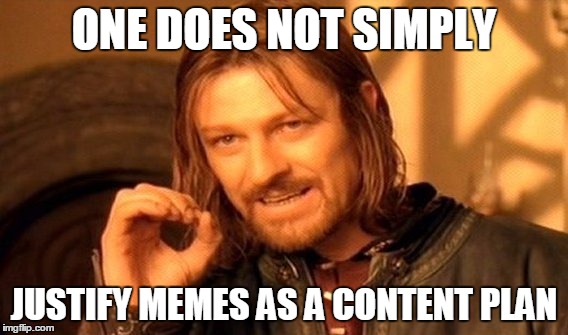When it comes to young people – those Generation Zers – brands will do almost anything to court their interest and ultimately win them over. We’ve seen all sorts of desperate attempts by brands to capture the hearts and minds of today’s young people, many of which have backfired spectacularly. All too often brands consider the only way to a teenager’s heart is through the internet. But a mistake.
Proctor and Gamble made a ludicrous mistake when they made their own ill-fated attempt at connecting with the youth. P&G has tried to patent certain internet buzzwords, such as ‘LOL’ and ‘WTF’. The internet responded with a barrage of mockery, which has done more harm than good to P&G’s relationship with younger people. Brands need to be aware that courting youth approval can seriously backfire and when it does it is wholly detrimental to their reputations.
Some other brands, such as Chase Bank, Adidas UK and Uber, were among the worst social media fails of 2019 for the same reason: Trying to be Internet Savvy -as a content marketing strategy- in detriment on their tone of voice and brand values. When a brand is not faithful to its message on the first place, and try to appeal to the audience by jumping into a social issue or trend, without any context, a massive backfire will follow. Those actions, rather than to attract followers or engage a community, are seen as performative and opportunistic. In some occasions, can be considered offensive and low-key racists. In other words: Brands, read the room!
.@Chase: why aren’t customers saving money?
— Elizabeth Warren (@SenWarren) April 29, 2019
Taxpayers: we lost our jobs/homes/savings but gave you a $25b bailout
Workers: employers don’t pay living wages
Economists: rising costs + stagnant wages = 0 savings
Chase: guess we’ll never know
Everyone: seriously?
#MoneyMotivation pic.twitter.com/WcboMr5MCE
Internet users VS young people
For some mysterious reason, many brands have conflated ‘internet users’ and ‘young people’. It seems that there is an idea out there that the vast majority of those on the internet are millennials and younger and therefore to advertise products to them effectively, brands must harness the ‘culture of the internet’. For marketers, the culture of the internet is memes and text speak; hence we have seen an avalanche of meme-based ad campaigns. So many turn out to be cringe-worthy flops as the emphasis all too often is on the fact that the advert is a meme.
Brands impose their already existing ad campaigns onto a meme in the assumption that this is the preferred way for young people to digest online ads. This is just not the case. Memes of all types of work because they are funny. They don’t work because they are memes. This is a basic fact that seems to evade brands. The medium you use to promote your brand is useless if your message isn’t funny and smart. The same occurred with the use of emojis in marketing. Many brands saw this as a fast route to pleasing a younger audience and used them in their campaigns. They were, however, rarely relevant, intelligent or well placed and they fell flat.
Brands have got carried away
Arguably, brands have got carried away with this idea that they need to convey a human touch in all their ads. Yes, robotic and cold is never a right tone to incorporate into your campaigns, but using slang and jargon that you presume your customers use, in an attempt to fool them into believing that you are not a faceless, corporate entity, is never a right approach.
Yes, consumers are attracted to brands that have social value, i.e. a social consciousness and an affinity with particular causes. But to say that they feel emotional towards their favourite brand is a step too far when it comes to products like gardening tools and stain remover. The relentless attempts from brands to establish emotional connections with young consumers come across as condescending and desperate at times, especially, during Pride Month or even now, amid the #BlackLivesMatters movement.
LGBT people: "it'd be nice if people could stop abusing us when we hold hands in public, we could teach LGBT lessons in schools and if the BBC could stop debating our existence on live air that'd be grea-
— Louis Staples (@LouisStaples) May 3, 2019
Capitalism: "what we're really sensing here is you want your own sandwich" pic.twitter.com/uIixEel2pq
Brands need to recognise that their messaging still has to be in keeping with their values. They can’t just paste massive emoji slogans on memes and hope to impress younger consumers. They need to stay authentic and trying to seem hard young is a sure way to ruin that. It may also be the case that in focusing too heavily on younger consumers, brands are failing to understand who their core market is. There are more than just millennials out there online.









